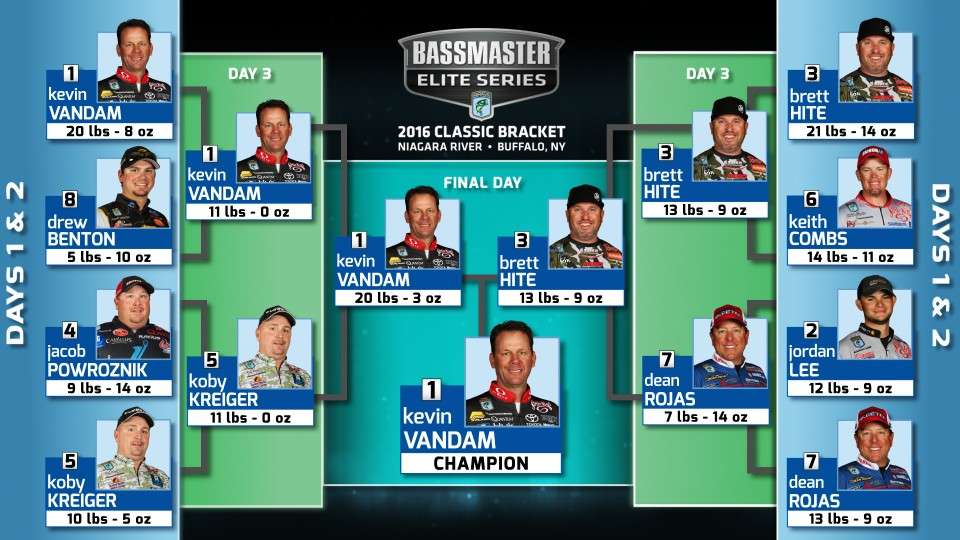
When I began my career in professional fishing, there was no such thing as GPS. And “networking” was something we did at the local tackle shop or hotel parking lot among other competitors.
Clearly, that’s all changed. Nowadays, we have websites, chat rooms and message boards bombarding us with information on how and where to catch bass. Social media is even worse. Every swinging stick with a Facebook or Twitter account is pipelining info to anyone willing to hear it.
In the context of top-level tournament fishing, it’s reached a point where the game has been severely compromised … at least in my opinion.
Mapping by the Numbers
When I got started back in the mid-1980s, all we had for navigation were basic lake maps — some with contour lines, some without.
If the Army Corp of Engineers or NOAA had charted a particular body of water, we had access to fairly reliable, accurate mapping. Otherwise, the information was generalized, at best. And in most cases, it wasn’t even suitable for navigation.
I recall the introduction of Loran-C as a navigational tool for boaters – a system by which a receiver could determine its position through signals from land-based transmitters. Roland Martin was the first pro to embrace the technology, and he thought it was pretty good. But as the rest of us began to utilize Loran, we quickly realized it wasn’t reliable.
The Defense Department would often scramble the signal as a defensive measure to keep our enemies guessing, which meant our coordinates could be off as much as a 100 yards from one day to the next. I tried it but, for this very reason, I abandoned the technology and went back to using maps and triangulating my coordinates with landmarks along the shoreline.
Eventually the Global Positioning System (GPS) was introduced, and that’s when competitive angling took a whole new direction … good and bad.
The good was that navigation and referencing of isolated fishing locations had become accurate and reliable. The bad is that it made it possible to find and fish another angler’s spots, whether invited or not. Couple that with networking and … well, you get the idea.
Classic Bracket
After watching the recent Elite Series Classic Bracket event at the Niagara River, I have to tell you, I love the format … less all the drama and controversy, of course.
Much like Major League Fishing, it limited the anglers to a brief practice session with no outside help. (The only assistance they could receive was ahead of the 28-day cutoff period.) It was man against man against the clock, and some of the matches were truly compelling.
Major League Fishing makes it even tougher on its competitors. They’re not allowed any outside help or GPS numbers. It’s what they find during a brief drive-through or during the actual competition that determines the outcome. Networking is not allowed, and I like that.
If the Elite Series adopted the Classic Bracket format, our Marshals would have an enhanced, more critical role. Not only would they verify our catch, they would be instrumental in weighing and documenting it. Offer that option, and I’m certain the response would be overwhelmingly in favor of the changes … with the Marshals and pros.
So will the Classic Bracket event serve as a template for future competitions? Only the B.A.S.S. Tournament Department knows for sure. But if I were a gambling man, I’d bet the house that there are more like it to come.

